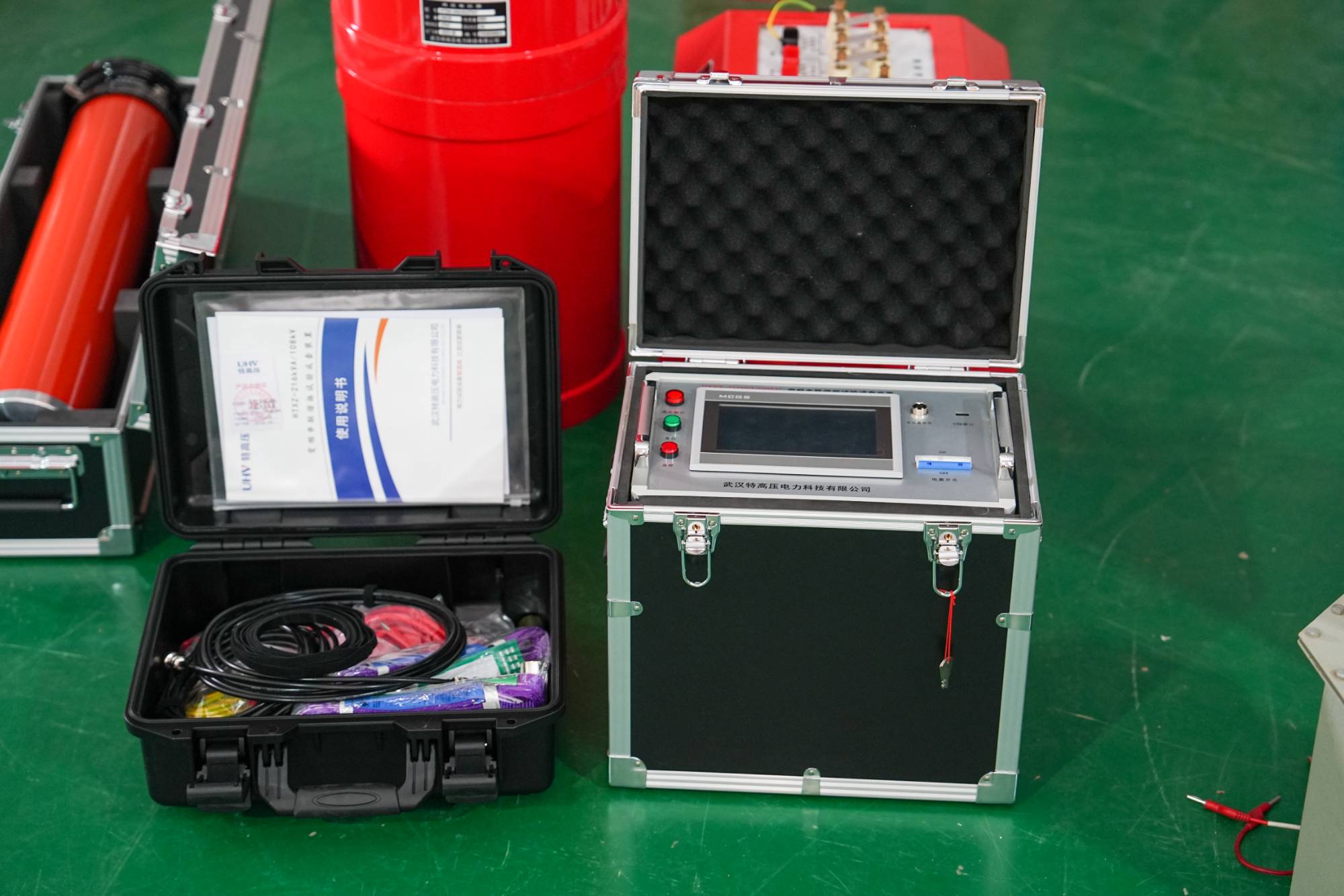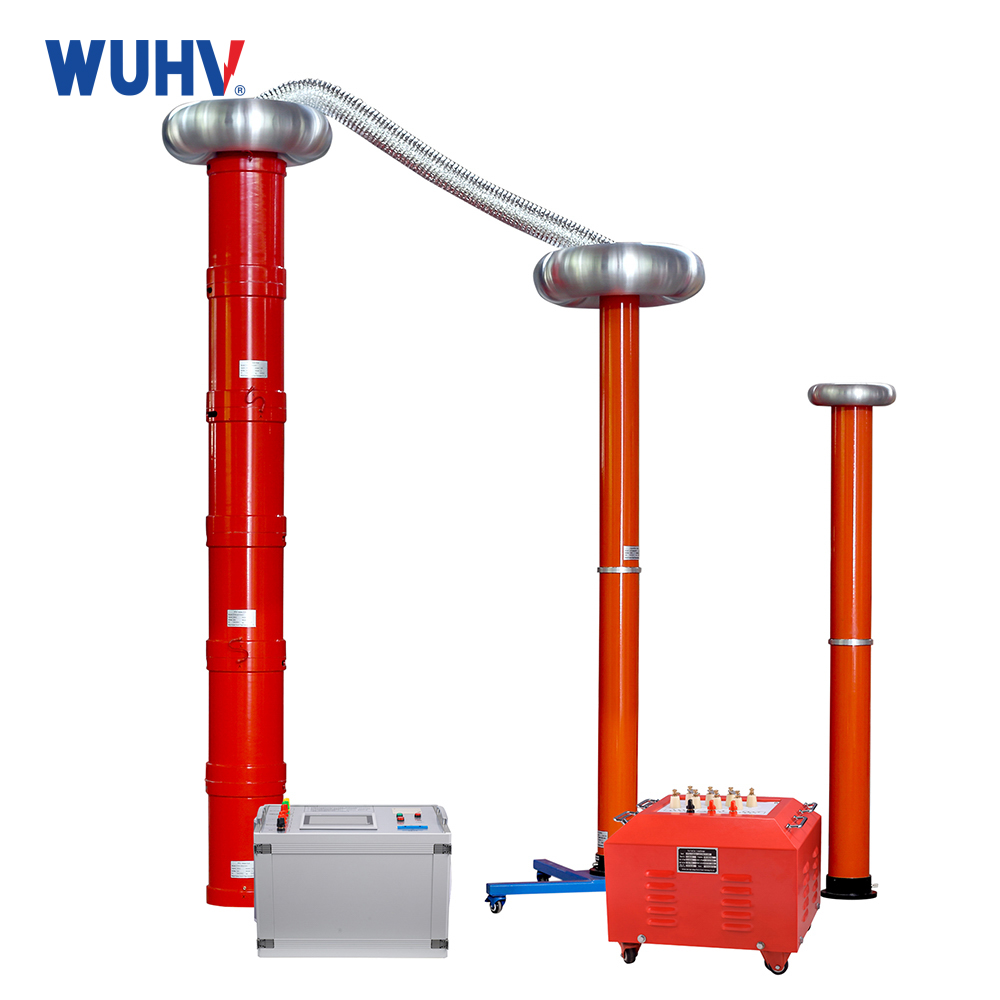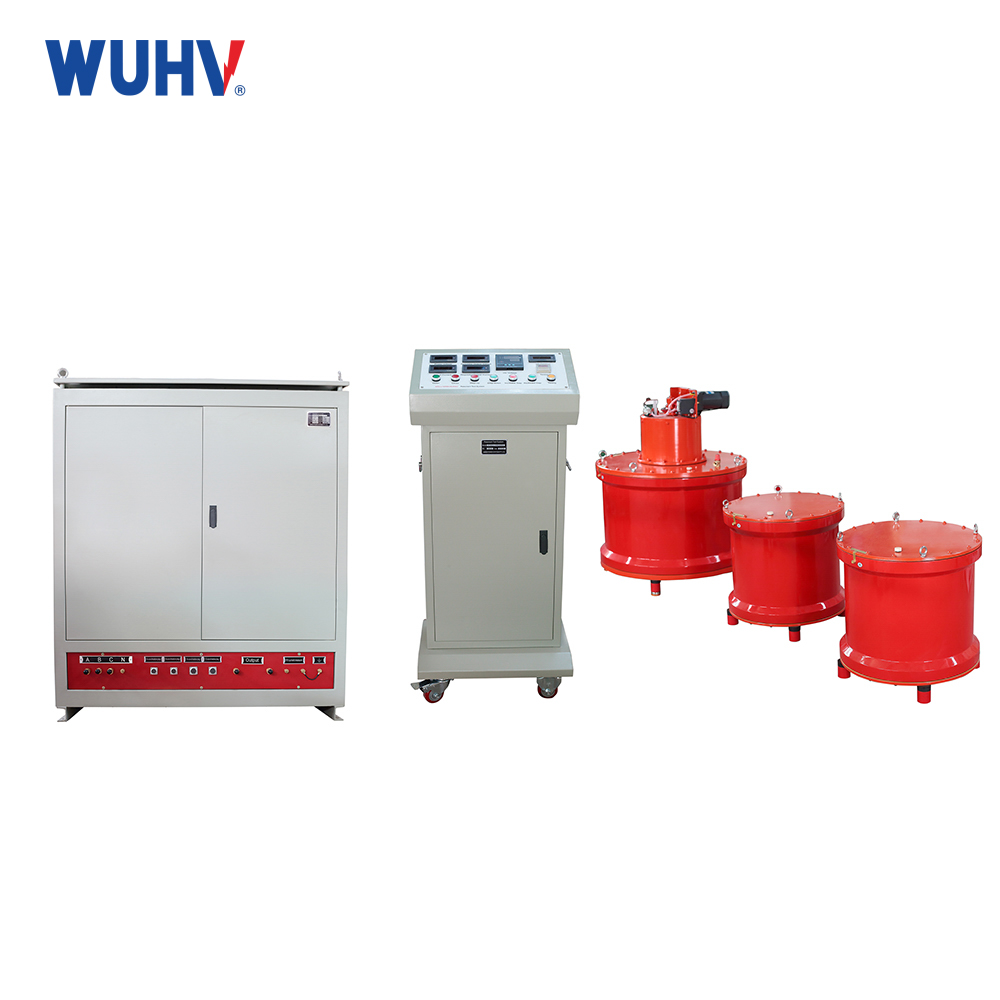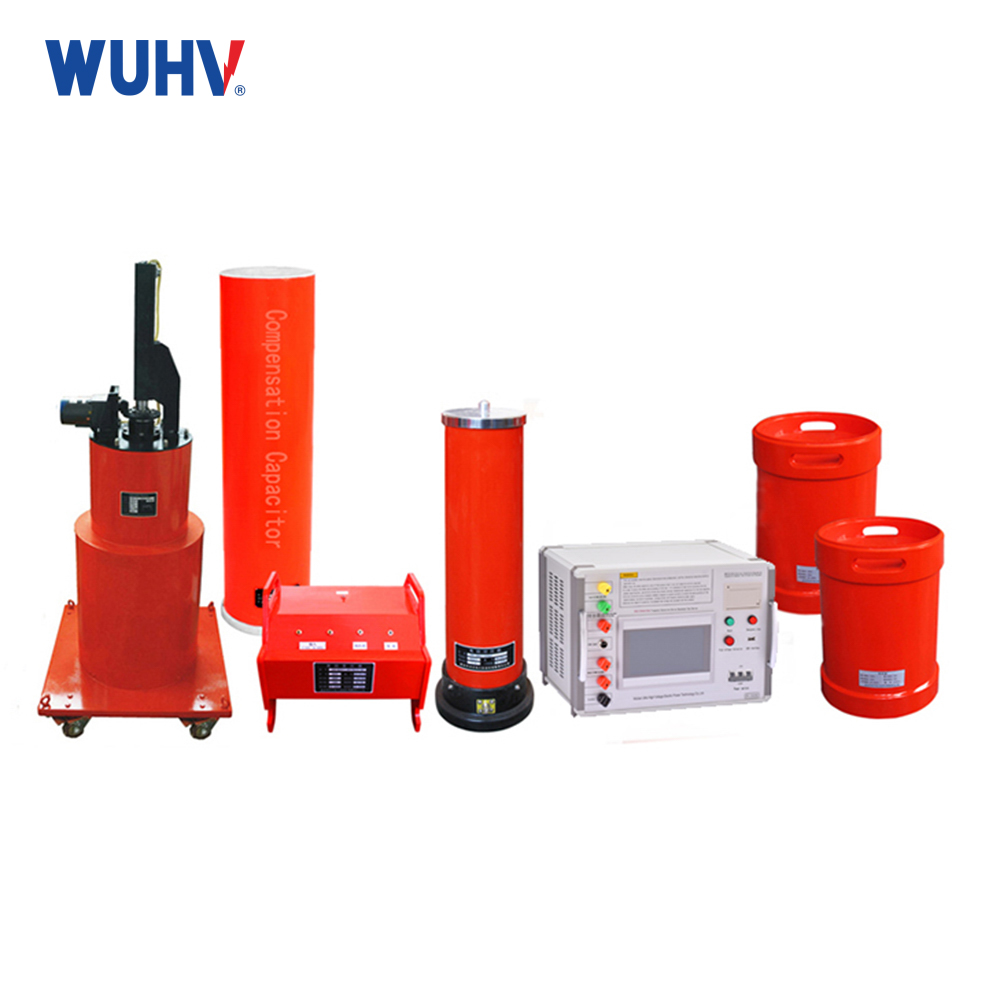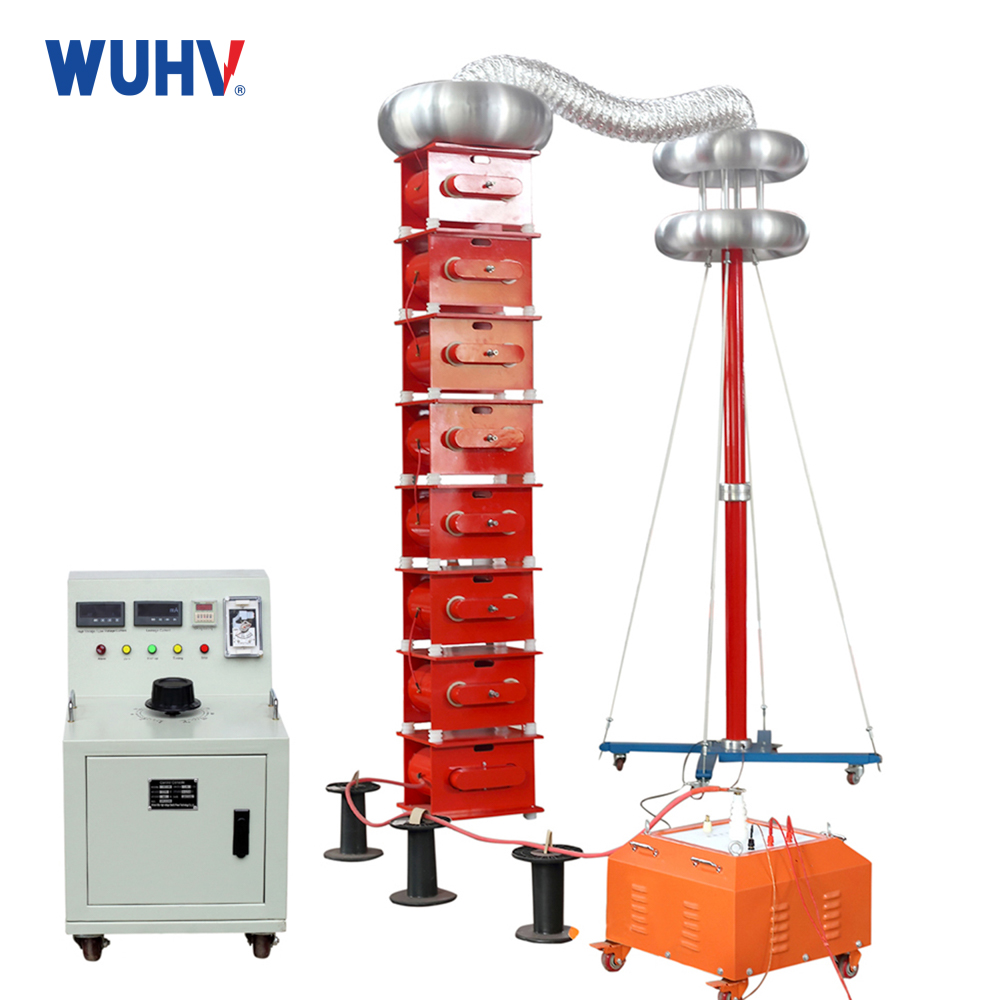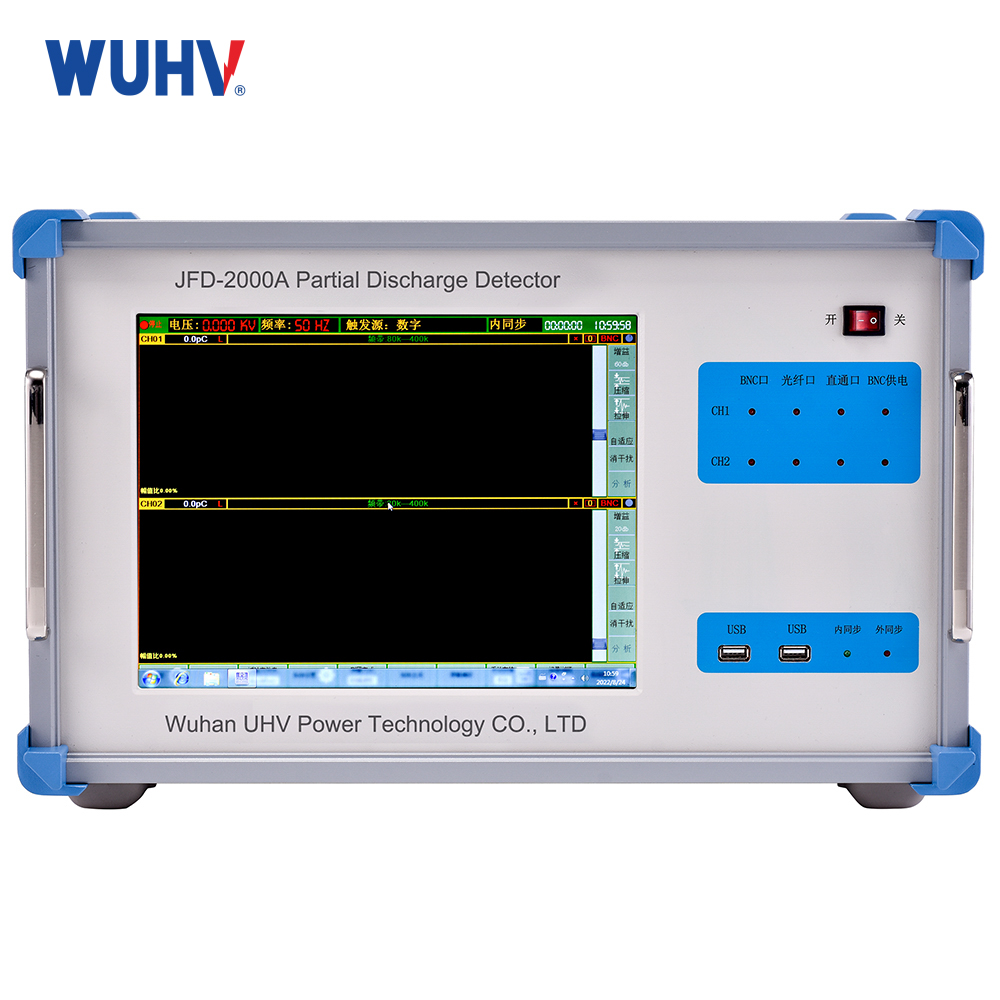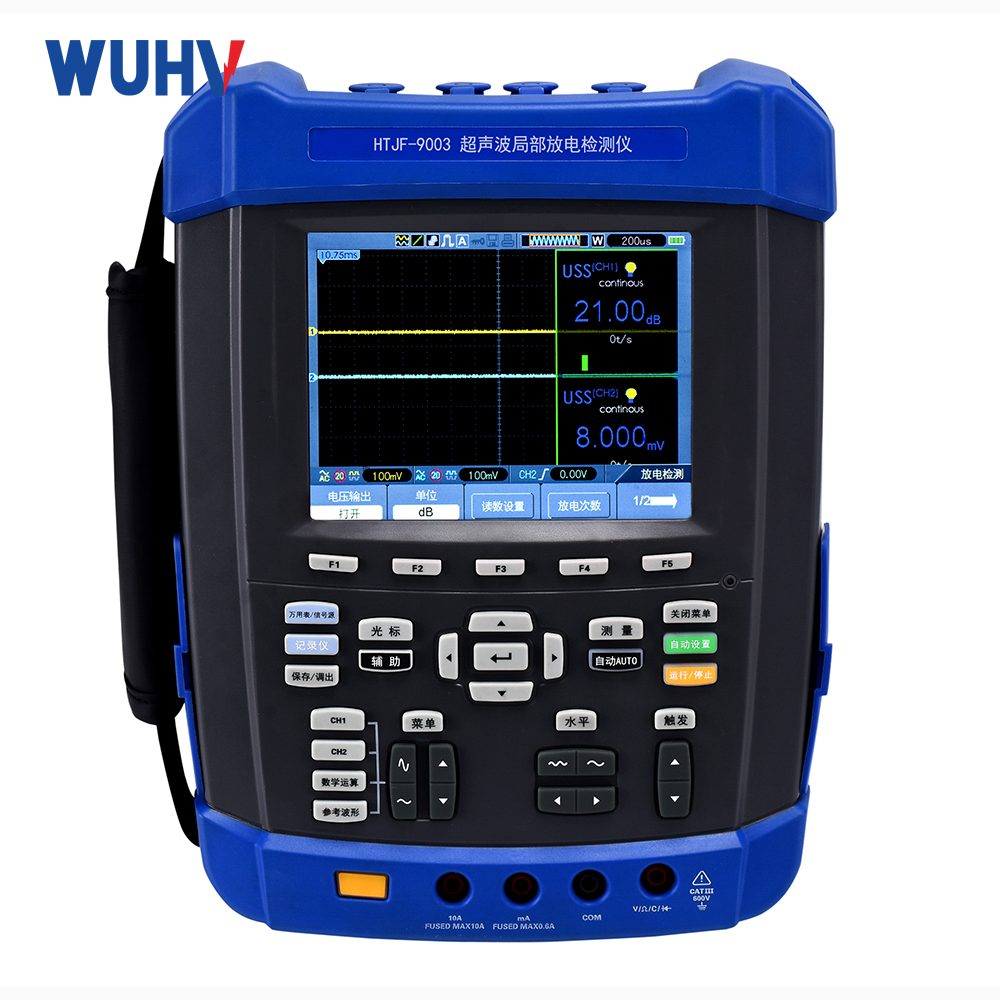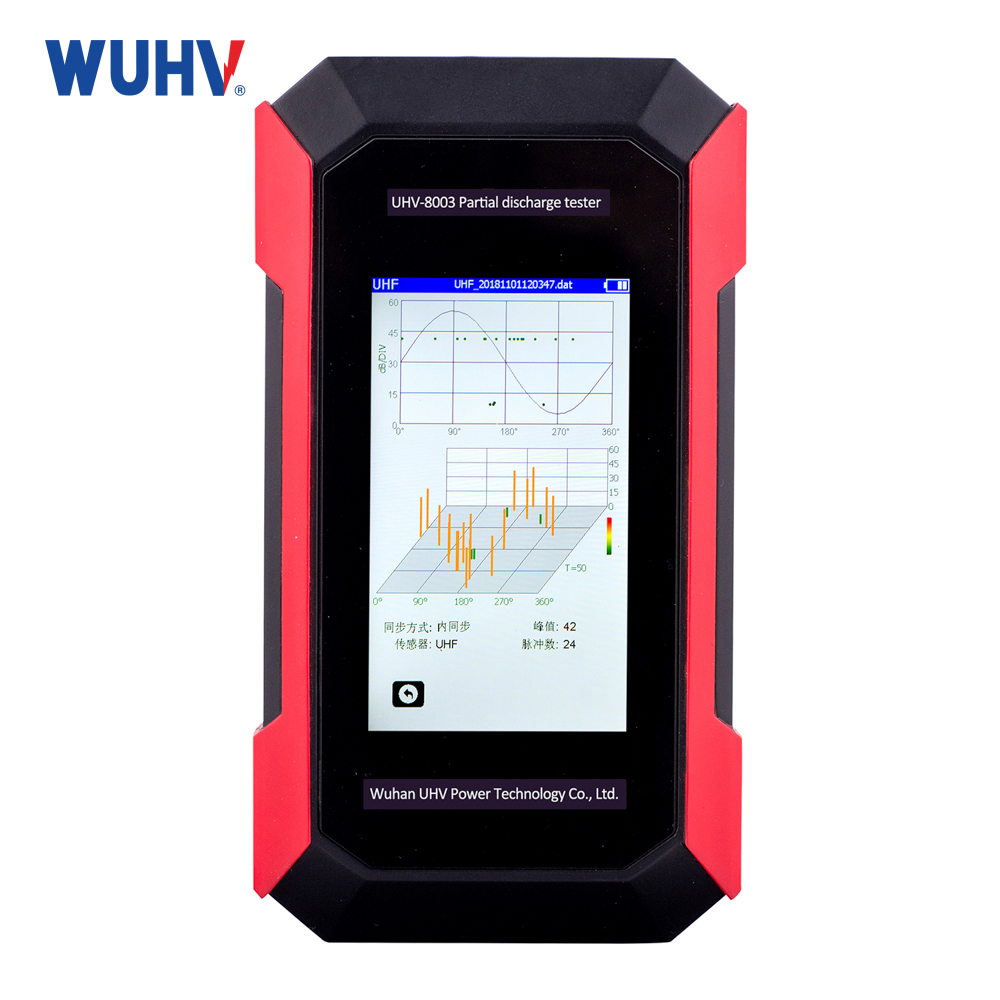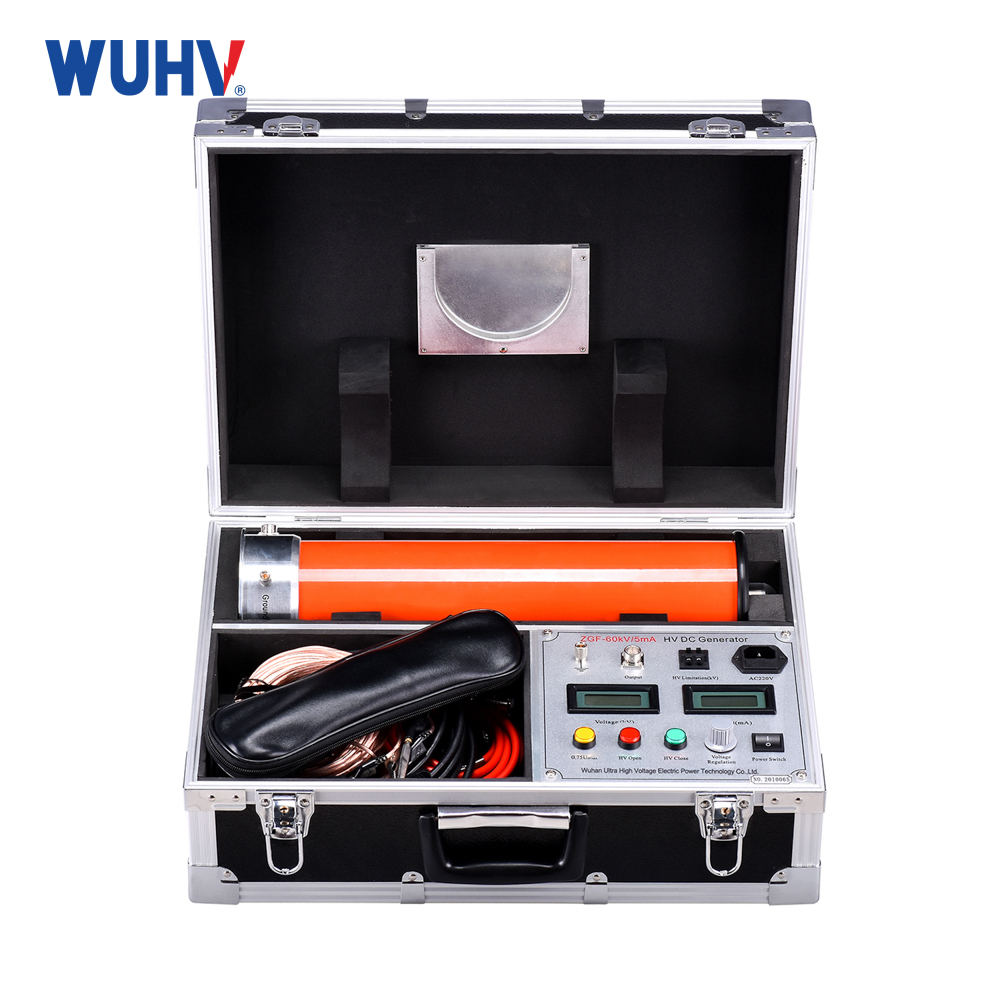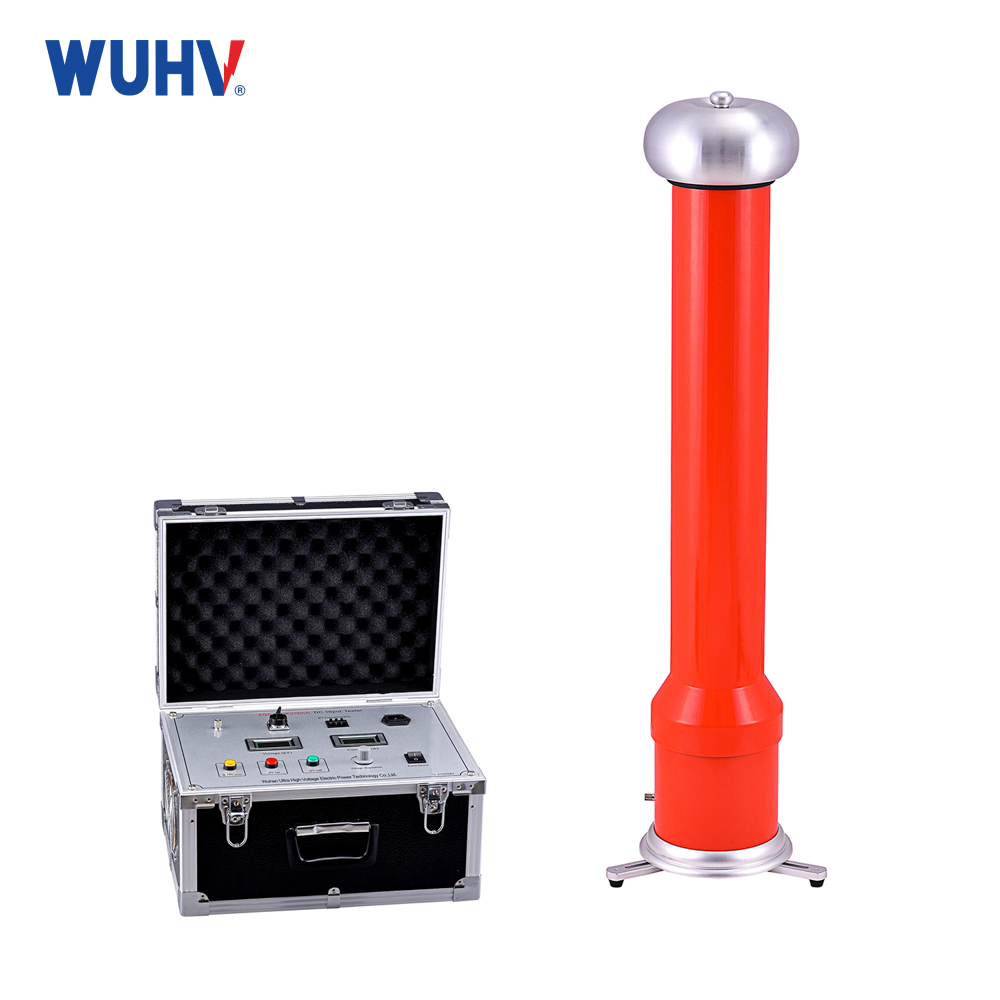Wuhan UHV specializes in producingseries resonance (also known as AC/DC withstand voltage test device). Next, we will share with you the analysis and application of series resonance AC withstand voltage test device.
In the debugging of power supply and distribution systems, it is necessary to inspect cross-linked polyethylene power cables (XLPE), high-voltage switchgear GIS、 High voltage and large capacity power equipment such as high-voltage motors, large generator sets, large power transformers, and transformers are subjected to insulation withstand voltage tests.
The insulation withstand voltage test is divided into two types: DC withstand voltage test and AC withstand voltage test.
In the past, DC voltage withstand test was used for cable voltage withstand test. Around 1980, foreign power departments discovered that DC withstand voltage testing was ineffective and harmful to rubber insulation. China began researching and practicing voltage withstand testing technology in the 1990s. After more than 20 years of research and practice, countries around the world have adopted AC withstand voltage testing instead of DC withstand voltage testing. Domestic and foreign standard organizations have also made changes and revisions to the testing methods for high-voltage cross-linked cables.
In 1997, the International Conference on Large Power Grids (CIGRI) raised doubts about the current DC withstand voltage test method and recommended the use of AC test methods with power frequency and approximate power frequency (30-300Hz), which should be promoted and applied worldwide.
The "Handover Test Standard for Electrical Equipment" GB50150-2006 in China has been promulgated and enforced since November 1, 2006. The standard stipulates that AC durability test shall be adopted for 35kV and above rubber and plastic insulated electric wires. The replacement of traditional DC withstand voltage test with square current withstand voltage test is the trend.
Due to the large capacitance of cable lines, if power frequency voltage testing is used, a large capacity power frequency test transformer is necessary, and on-site testing is difficult to achieve. Therefore, the traditional voltage withstand test method adopts DC voltage withstand test. Due to the high DC insulation resistance of cables (generally above 10GQ), the charging current during DC withstand voltage testing is extremely small, which has the advantages of small testing equipment capacity, light weight, and good mobility. However, the DC withstand voltage test method for XLPE cross-linked cables has many drawbacks both in theory and practice.
Mainly reflected in:
(1) A general principle of high-voltage testing technology is that the test voltage field strength applied to the test sample must simulate the operating conditions of high-voltage electrical appliances. Under direct current voltage, the electric field distribution of cable insulation depends on the volume resistivity of the material, while under alternating current voltage, the electric field distribution depends on the dielectric constant of each medium, especially in cable terminals, junction boxes and other cable accessories where the distribution of direct current electric field strength is completely different from that of alternating current electric field strength. Moreover, the mechanism of insulation aging under direct current voltage is different from that under alternating current voltage. Therefore, the DC withstand voltage test cannot simulate the operating conditions of cross-linked cables.
(2) Cross linked cables generate a "memory" effect under direct current voltage, storing and accumulating unipolar residual charges. Once there is a "memory" caused by the DC withstand voltage test, it takes a long time to release this DC bias voltage. If the cable is put into operation before the residual DC charge is fully released, the DC bias voltage will be superimposed on the peak of the power frequency voltage, causing the voltage value on the cable to far exceed its rated voltage, which may lead to insulation breakdown of the cable.
(3) During the DC withstand voltage test, electrons are injected into the polymer medium, forming space charges that reduce the electric field strength at that location, making it difficult for breakdown to occur. Due to the rapid change of oscillation voltage polarity to opposite polarity, the electric field strength at this location significantly increases, which may damage the insulation, cause multiple punctures, and damage the cable. The space charge formed during the DC withstand voltage test can cause breakdown or surface flashover of the cable during operation.
(4) One fatal weakness of cross-linked cables is the tendency to generate water branches inside the insulation. Once water branches are generated, they quickly transform into electrical branches under direct current voltage, forming discharge and accelerating insulation degradation, resulting in breakdown under power frequency voltage after operation. Simple water tree branches can maintain a considerable withstand voltage under AC working voltage and can last for a period of time.
Practice has also shown that DC withstand voltage tests not only fail to effectively detect certain defects under AC voltage, but also damage cables and pose a danger to their safe operation. If there are mechanical damage or stress cone misplacement defects in the insulation inside the cable accessories. The location where insulation is most prone to breakdown under AC voltage often cannot be broken down under DC voltage. Insulation breakdown under DC voltage often occurs at locations where insulation does not normally break down under AC working conditions. This has also been proven by operational experience: some cables passed the DC withstand voltage test according to GB50150-91 standard during the handover test, but insulation breakdown accidents occurred shortly after being put into operation. It is also common for cables that operate normally to be damaged during DC withstand voltage tests.


